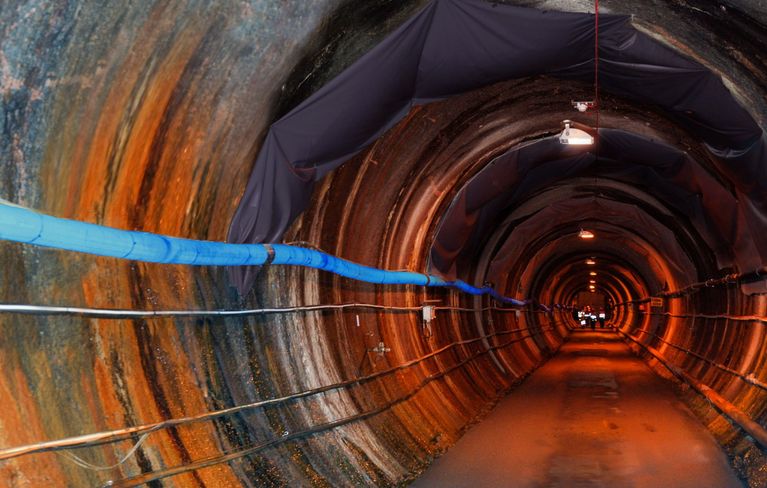
Geoenergy transition with Helmholtz
More than 75% of primary energy in Germany is still fossil-based and is extracted from the geosphere, the subsurface. For a future climate-neutral energy system, a geo-energy transition must therefore be brought about as a matter of priority.
Geotechnologies create new perspectives
The provision of heat plays a major role here, as it accounts for over 50% of the national final energy demand. Only just under a fifth of heat is renewable, the majority, almost 80%, is generated from natural gas, electricity and coal. The use of the deep underground creates new prospects here, especially for the heat transition: Heat from deep underground, deep geothermal energy, is available everywhere depending on the depth and can supply heating networks in the future. Hydrothermal deep geothermal energy uses circulating thermal water and has been tapped in numerous locations in Germany with deep boreholes. The world's greatest, but largely untapped potential lies in the crystalline bedrock. The Helmholtz research infrastructure GeoLaB is therefore researching the environmentally friendly use of crystalline bedrock.
The subsurface can also play a role in another important issue of the energy transition: the low-loss storage of seasonally available energy in large quantities. The DeepStor project at KIT is therefore researching and testing the high-temperature storage of hot water (over 80 °C) in former hydrocarbon reservoirs.
However, the deep underground is not only suitable for storing hot water: gases such as hydrogen (H2) or methane (CH4) can also be temporarily stored in the storable sediments. The GEOZeit project is dedicated to both the temporary storage of gases and the permanent storage of carbon dioxide (CO2). The Helmholtz scientists want to use these and other projects to research how geotechnologies can be used successfully.